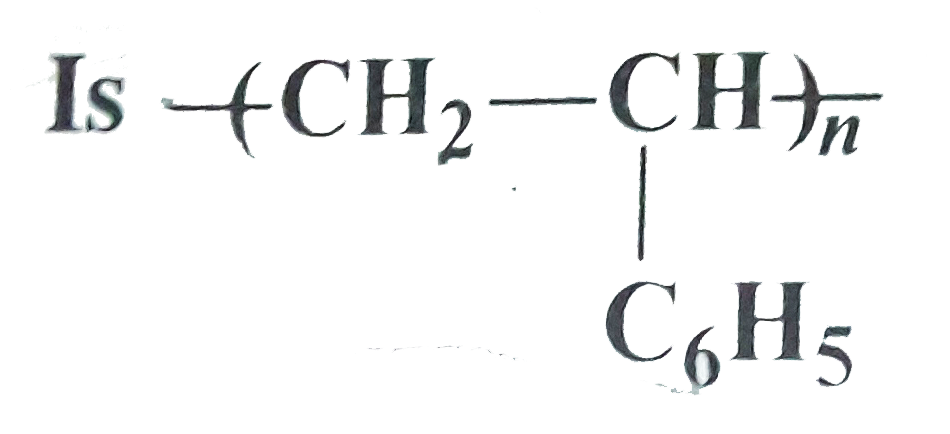What is the common name of the polymer obtained by the polymerisation of caprolactam? Is it addition polymer or condensation polymer?
To solve the question, we will follow these steps:
Step 1: Identify the monomer
The question asks about the polymer obtained from caprolactam. First, we need to recognize that caprolactam is a cyclic amide with the chemical structure:
C6H11NO
This structure contains a carbonyl group (C=O) and an amine group (NH).
Hint: Look for the functional groups in caprolactam that facilitate polymerization.
Step 2: Understand the polymerization process
Caprolactam undergoes a process called ring-opening polymerization when heated in the presence of water. This reaction leads to the formation of long chains of repeating units.
Hint: Consider how the cyclic structure of caprolactam opens up to form a linear chain during polymerization.
Step 3: Identify the polymer formed
The polymer formed from the polymerization of caprolactam is commonly known as nylon 6. The repeating unit in nylon 6 is derived from the caprolactam monomer.
Hint: Think about the naming conventions of polymers, particularly how they relate to their monomeric units.
Step 4: Determine the type of polymerization
Nylon 6 is classified as a condensation polymer because the polymerization process involves the release of a small molecule (water) during the formation of the polymer chains.
Hint: Recall the difference between addition and condensation polymers: addition polymers do not release small molecules, while condensation polymers do.
Final Answer
The common name of the polymer obtained by the polymerization of caprolactam is nylon 6, and it is classified as a condensation polymer.
The question asks about the polymer obtained from caprolactam. First, we need to recognize that caprolactam is a cyclic amide with the chemical structure:
C6H11NO
This structure contains a carbonyl group (C=O) and an amine group (NH).
Caprolactam undergoes a process called ring-opening polymerization when heated in the presence of water. This reaction leads to the formation of long chains of repeating units.
The polymer formed from the polymerization of caprolactam is commonly known as nylon 6. The repeating unit in nylon 6 is derived from the caprolactam monomer.
Nylon 6 is classified as a condensation polymer because the polymerization process involves the release of a small molecule (water) during the formation of the polymer chains.
The common name of the polymer obtained by the polymerization of caprolactam is nylon 6, and it is classified as a condensation polymer.
Topper's Solved these Questions
Similar Questions
What is the common name of the polymer obtained by the polymerisation of caprolactum ? Is it addition polymer or condensation polymer ?
View SolutionAnswer the following:
(i) What is the common name of the polymer obtained by the polymerization of caprolactam ? Is it an addition polymer or a condensation polymer ?
(ii) Name the two organic compounds which have the same molecular formula C2H6O. Will they react with PClg ? If they react what are the products formed ?
View Solution
Knowledge Check
Example of addition polymer is
ABuna-SBbakeliteCnylon-6Dmalamac
In case of condensation of polymers ?
View SolutionIs
 a homopolymer or a copolymer?Is it an addition or a condensation polymer?
a homopolymer or a copolymer?Is it an addition or a condensation polymer?
View Solution
The polymer obtained by the above compound is
View Solution
The polymer obtained by the above compound is
View SolutionWhich is not a condensation polymer ?
View SolutionGive one example of a condensation polymer.
View SolutionExamples of addition polymers are
View Solution
